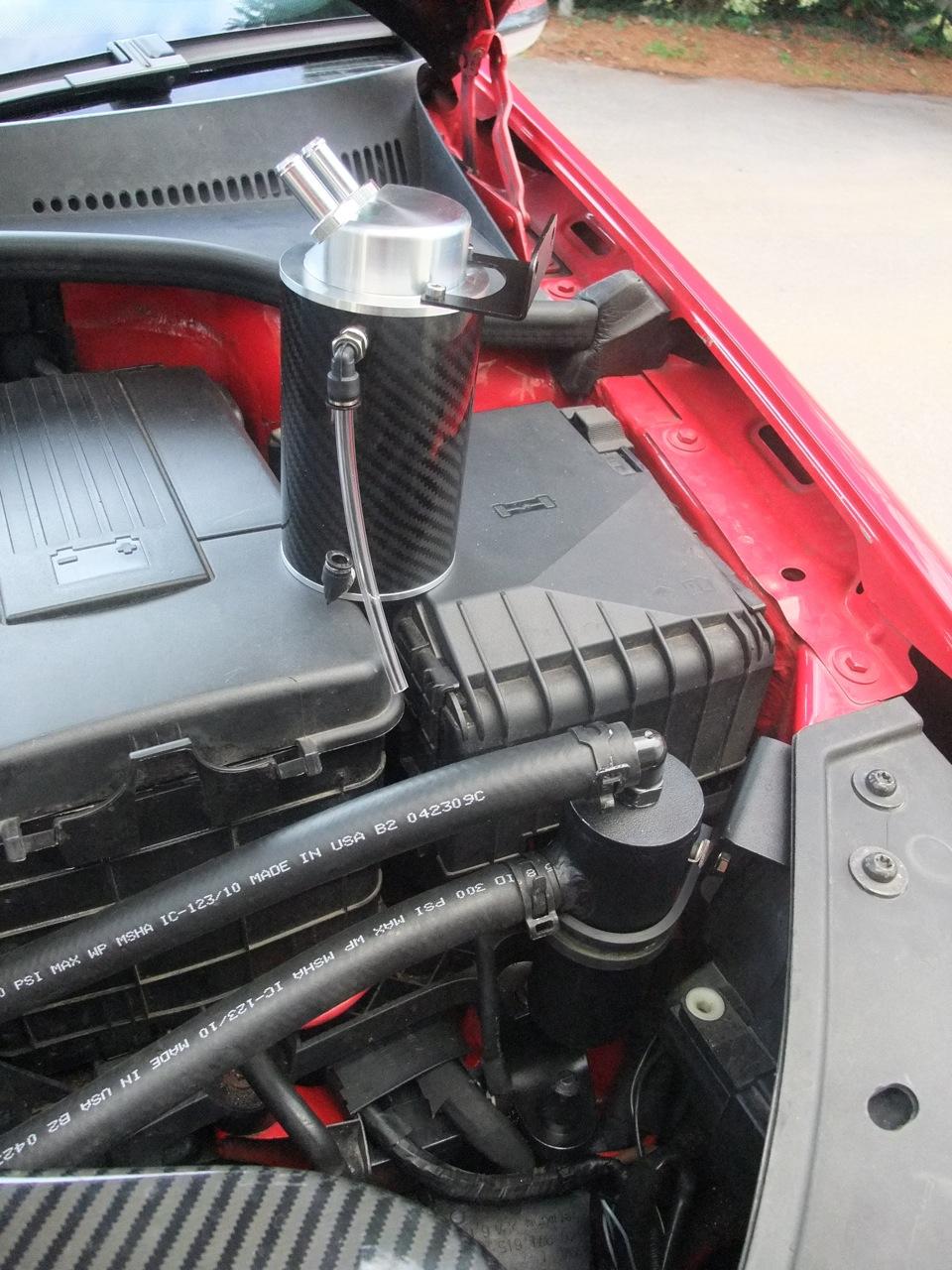

The second reason is that this valve probably contributes to a heavy pollution of the intake valves. The valve wants to be replaced for one more reason, actually two that I did not write about earlier, namely as we know it is a turbo engine and in various places I have encountered statements that the original PVC valve has supercharging pressure loss because this valve does not hold pressure. Well, there is a loss of oil, but it is a problem of these engines. It is simply the third car in which oil of this brand is used (2 others after tuning). Let it not be - I am not a seller or Motul oil booster. Since then, the oil has ended (and this was the case with Longlife VW) and for now (knock) keeps the level from exchange to exchange (every 1 year). From the beginning (still under warranty!) The first thing I did was change VW Longlife oil on Motul Specific 504-507 5W30 oil (504-507 are classes 504.00 and 507.00 VW). At home I have a VW 2.0 TSI 170kM engine. Below is the topic from the audi forum: It is worth - as your colleague advises there - to check the static position of the flaps (this is a sign of the problem soon). There are various methods for cleaning deposits of carbon deposits.

Anyway, the problem of carbon deposits in the intake manifold is unavoidable! On average, it is assumed that for 120 tkm it is already certainty.

It is also a problem of impurities accumulating in the manifold and on the valves resulting from oil imperfections in the charging system (hence they must meet the VW 504.00 class, and preferably 507.00 - low ash, low sulfur content, etc.). 1) Oil loss = what oil (brand, class) did you fill and how often do you change? 2) Dirty valves = it's not just PVC and oil entering the intake manifold. I wonder what my valves look like one year after cleaning.

I will only add that in these engines there is one more vent from the valve cover for the turbine - 0ahUKEwiZq_nB8fHRAhUFQZoKHUMYBUoQ_AUIBygB & b and = 1280 & bih = 800 # = imgrc d9mFrHL-_Mt9QM: I wonder how my valves look like after a year of cleaning. The second reason is that this valve probably contributes to heavy contamination of the intake valves - 1280 & bih = 800 # tbm = isch & q = tfsi + valve + clean & imgrc = 1FlGBWeQDbX5eM: it looked similar to me last year. If you were closer i would of loved to do it for it you.Well, there is a loss of oil, but this is a problem of these engines. I would start these runs on timing setting 3 then work up, if you feel a slight hesitation on the higher setting then knock it back one.īut your best bet is to get it set up using Vag-Com. Once you have it right you will feel the same run will be smoother. But have a play with your settings and then carryout some test runs.ĭo a run from low down in 3rd or 4th gear through the rev range to 6500rpm, if the correction factors are to high you will feel a little hesitatation. I have set one down on Timing 3 to make it pull the correct correction factors again this could of been due to the owner putting in a poor quality fuel. The few S3's and Edition 30's i have done i have been finding the timing settings to be quite low this could be due to the poor fuel qualities around these days or the actual Revo settings within the map. Sorry i am to far away to help but they are right you really need to do some data logging on Vag-Com to make sure you have the best settings.


 0 kommentar(er)
0 kommentar(er)
